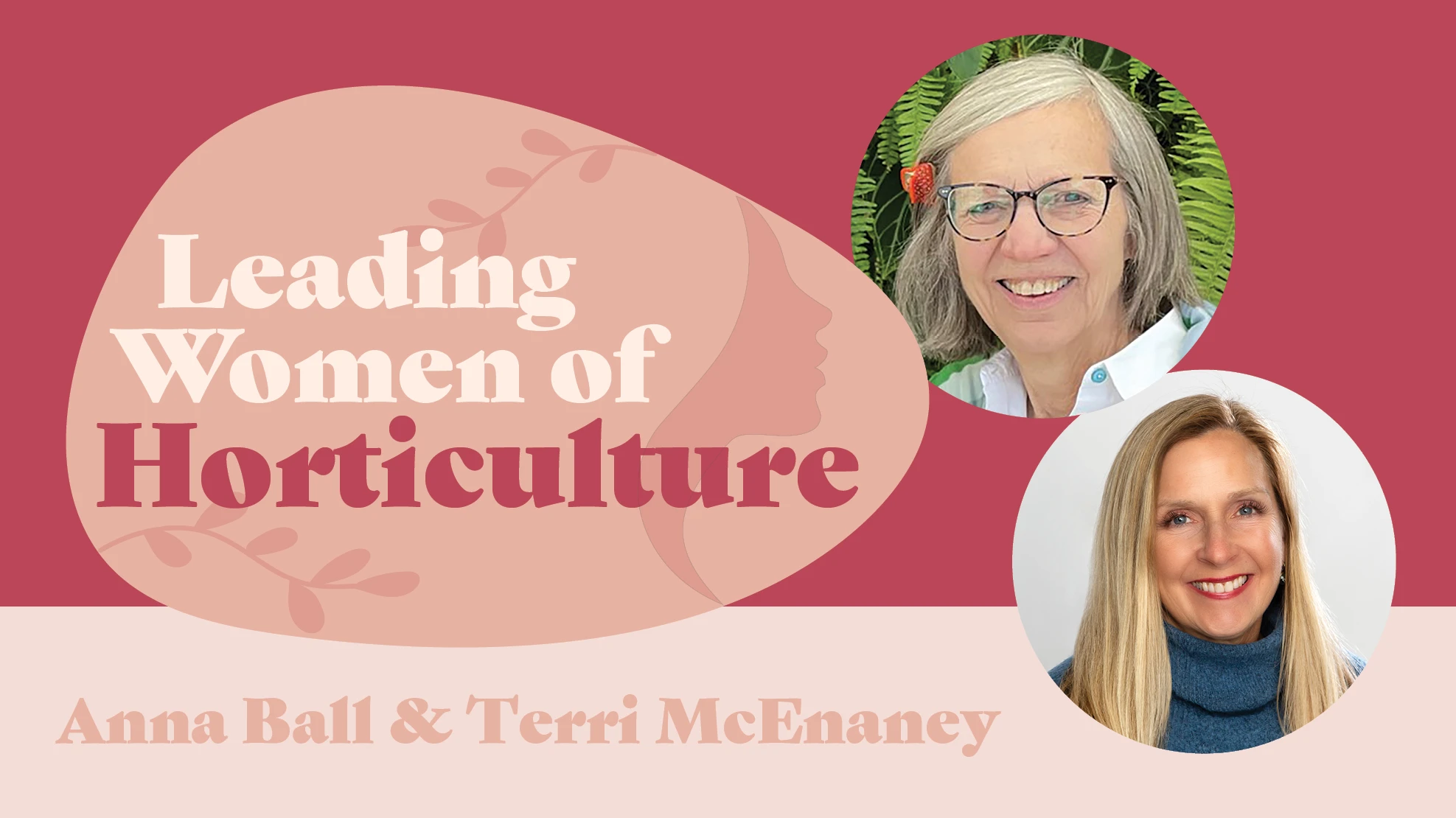
iStock Photo
The horticulture industry isn’t always great at telling customers about all of the good things they’re doing, agreed panelists Clint Albin, consultant, Bridget Behe, professor of horticultural marketing, Michigan State University, and Maria Zampini, president of UpShoot Horticultural Marketing at Cultivate'21. But IGCs are doing great things for the environment.
The panel agreed on four major aspects of eco-friendly marketing that are key for garden centers to include in their marketing.
Water
Many growers and grower-retailers are recycling water, but they way the communicate that is important, Behe said. Use the word “recycled,” not “remediated” or “reused.”
“Our research has shown that people are really concerned about the poop factor,” Behe said.
The research found that the perceived risk is reduced when people know that the water is recycled from the greenhouse or facility, and not from households, so it’s important to use that in your messaging if you recycle water.
And it’s important to be consistent with that message. “If you’re going to talk about it, it’s not one and done,” Zampini said.
If you don’t have the time to dedicate to marketing, find someone in your business who is passionate about the environment to pitch in. it can add a personal touch on the website or social media.
“You want to be known within your community for what you’re doing and what you’re giving back. You want everyone else to be talking about you. You don’t want to be the only one spreading your message,” Zampini said.
Albion pointed out that there have been technological advances that can help you with your water conservation while also increasing ticket sizes. For example, a moisture meter could be added onto a houseplant sale.
“That way you aren’t wasting water and it’s also an upsell of $7 for every houseplant that you sell just by adding moisture meters to them,” he said.
Or offer your customers solutions for drainage issues around their homes like deep-rooted plants. Small steps like those can help break the water issue down into digestible bites.
“We can all achieve success in green values but we can’t do it if we talk about it as a whole because it seems very, very unachievable.” – Clint
Pollinators
When it comes to marketing around pollinators, it’s important to use positive messaging like “bee-friendly” rather than “no neonicotinoids,” Behe said. Or, for those worried about bee allergies, use the term “pollinator-friendly.”
A great example of positive marketing is the Million Pollinator Garden Challenge, which surpassed its goal in 2019. By promoting the good and necessary aspects of pollinators, the National Pollinator Garden Network made the initiative easy to connect to.
“There’s profit in pollinators but there’s also pride in being pollinator-friendly,” Albin said.
Bring the community in to your pollinator promotions as well. Reach out to schools or other visible gardens and help walk them through the process to be a Certified Wildlife Habitat from the National Wildlife Federation, Albin suggested (and certify your IGC as well.) “You can’t just keep it inside the store. You’ve got to spread that love out farther.”
Recycling
There’s no one-size-fits-all solution for recycling efforts. Some consumers want pots that are recyclable, some want plantable and some want compostable options, Zampini said.
To elevate the product mix and increase margin, garden centers need to walk back in the supply chain, Albin said, and ensure that vendors are providing material that’s acceptable for curbside recycling.
There isn’t a solution yet, but the panel agreed that unless horticulturalists take action to solve the single-use plastic problem, someone else it going to do it for them at the government level. “It’s cost-prohibitive but if we don’t figure out how to do it, someone is going to dictate how it’s going to be done,” Zampini said.
Natives and nativars
“Natives are suffering from an image problem and we have the power to change that image,” Behe said, noting that people think natives are “just ugly.”
She recommends telling customers about all of the wonderful things natives can do — increase their chance of success and support the local ecosystem.
And if you aren’t an expert in nativars, find someone who is, Zampini said. “People will pay more for the things that are environmentally friendly.”
Albin recommended installing a native plant center in the garden center to help people understand what natives really are and how beautiful they can be.
In the end, garden centers have the opportunity to make real change in their communities, Zampini said.
Get curated news on YOUR industry.
Enter your email to receive our newsletters.
Latest from Garden Center
- Society of American Florists accepting entries for 2025 Marketer of the Year Contest
- Sustainabloom launches Wholesale Nickel Program to support floriculture sustainability
- American Horticultural Society welcomes five new board members
- Color Orchids acquires Floricultura Pacific, becoming largest orchid supplier in U.S.
- American Floral Endowment establishes Demaree Family Floriculture Advancement Fund
- The Growth Industry Episode 3: Across the Pond with Neville Stein
- Proven Winners offers Certified Garden Center Training for staff education
- Digging In Association hosts inaugural Platinum Trowel Awards at winter conference





